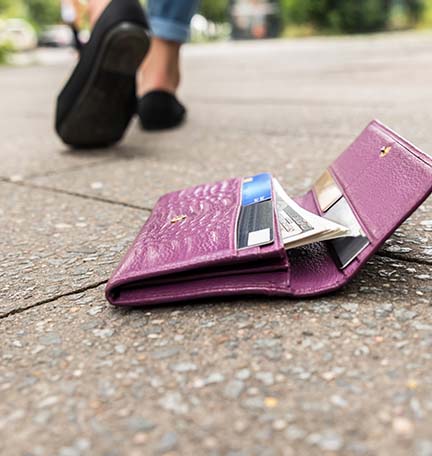At some point in your life, you’re likely to need a loan, whether it’s for a large purchase, to make home improvements, or to pay for school. But how do you know if you need a secured or unsecured loan?
Most loans fall into two primary categories: secured and unsecured. A secured loan requires the borrower to pledge some sort of asset — such as a car, property or cash — as collateral; an unsecured loan does not require collateral.
For both secured and unsecured loans, the bank will determine if you meet the credit criteria. The lender will be looking for your repayment history, the length of your credit history, the mix of credit — credit cards, student loans, automobile loans and mortgages, and whether you have fixed loans as well as open and closed lines of credit — and the amount of outstanding and available credit. The bank will also look at your capacity to repay the loan, which includes the length of your employment, your income, and the stability of your income.
There are benefits and limitations to each type of loan and situations that are more commonly suited for one or the other.
Secured Loans
“Because of the collateral, there’s less risk to the financial institution lending you money, and there are many benefits to secured loans,” says Brad Frank, Vice President and Branch Manager, Regions Bank in Land O’ Lakes, Florida. Depending on your collateral, you may get a lower interest rate, the ability to borrow more money, and more time to repay the loan back with a secured loan than with an unsecured loan.
However, with a secured loan, the process of attaining the loan may take longer since the bank needs to verify the value of your collateral, which means more paperwork, Frank says. “And of course, if you default on your loan, the bank has the right to repossess the collateral you put up to secure it,” he adds.
Some collateral is easier to borrow against than others, including a primary residence or cash that’s already in a bank account with your lender. Collateral such as an old car, boat, or investment property may require more investigation. When you use property — such as a house or a car — for collateral, your lender will likely hold the title or deed until you’ve paid off the loan.
Common types of secured loans include home mortgages, home equity loans, home equity lines of credit, vehicle loans, savings secured loans, and savings secured lines of credit.
Unsecured Loans
Unsecured loans offer a way to quickly and conveniently gain access to money so you can consolidate higher interest credit cards or fund a long-awaited vacation. Lending institutions base unsecured lending decisions solely on creditworthiness and capacity to repay, so these decisions tend to be made quicker and with less paperwork than secured loans, says Frank.
Because unsecured personal loans have no collateral to secure them and therefore pose a greater risk to the bank writing the loan, unsecured loans tend to have lower credit limits, shorter terms of repayment, and higher interest rates.
Common types of unsecured loans include credit cards, personal term loans, and personal lines of credit.
Whatever your financial goal, your banker can help you assess your loan options and figure out which type of loan will help you achieve it.
“One of the most rewarding parts of my job is helping people attain their dreams,” Frank says. “No matter your situation, we can help find the best solution for you.”










